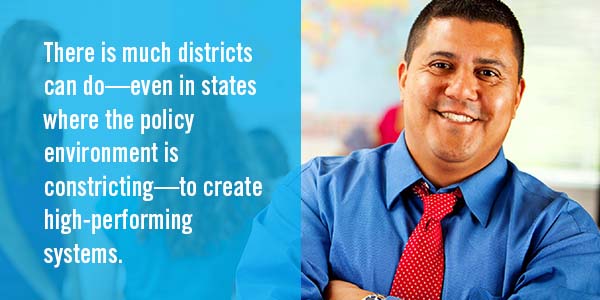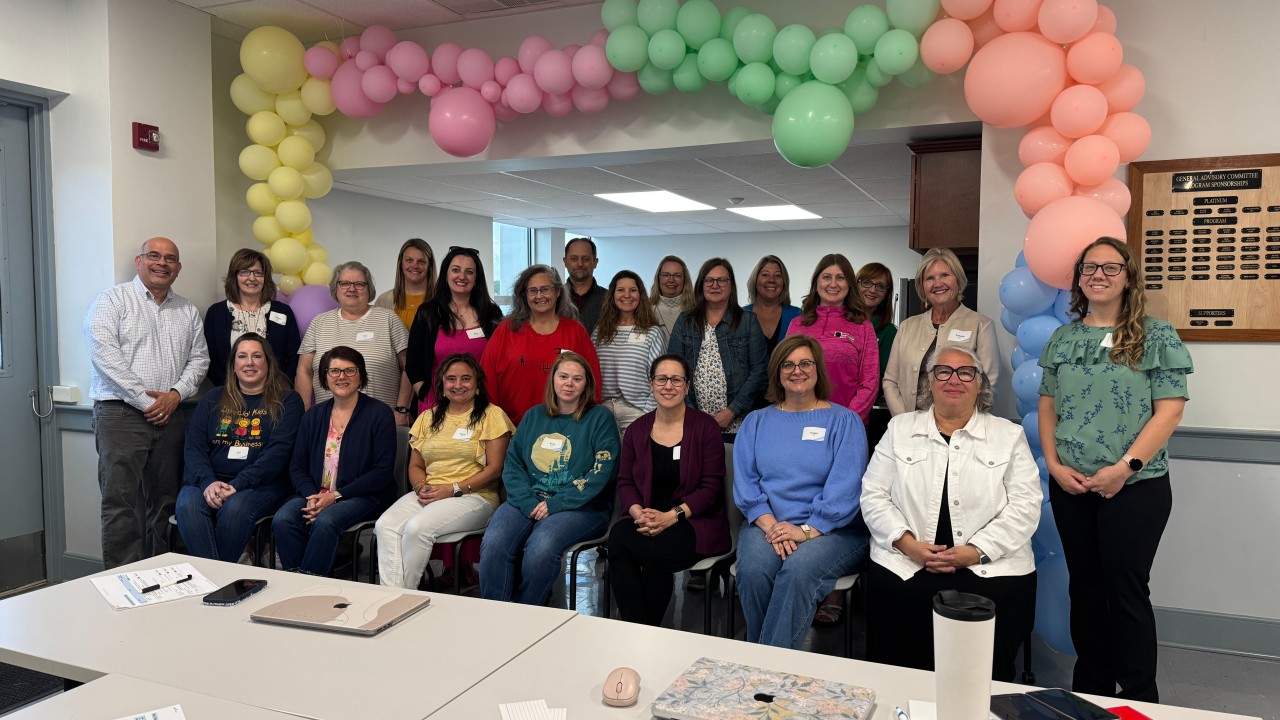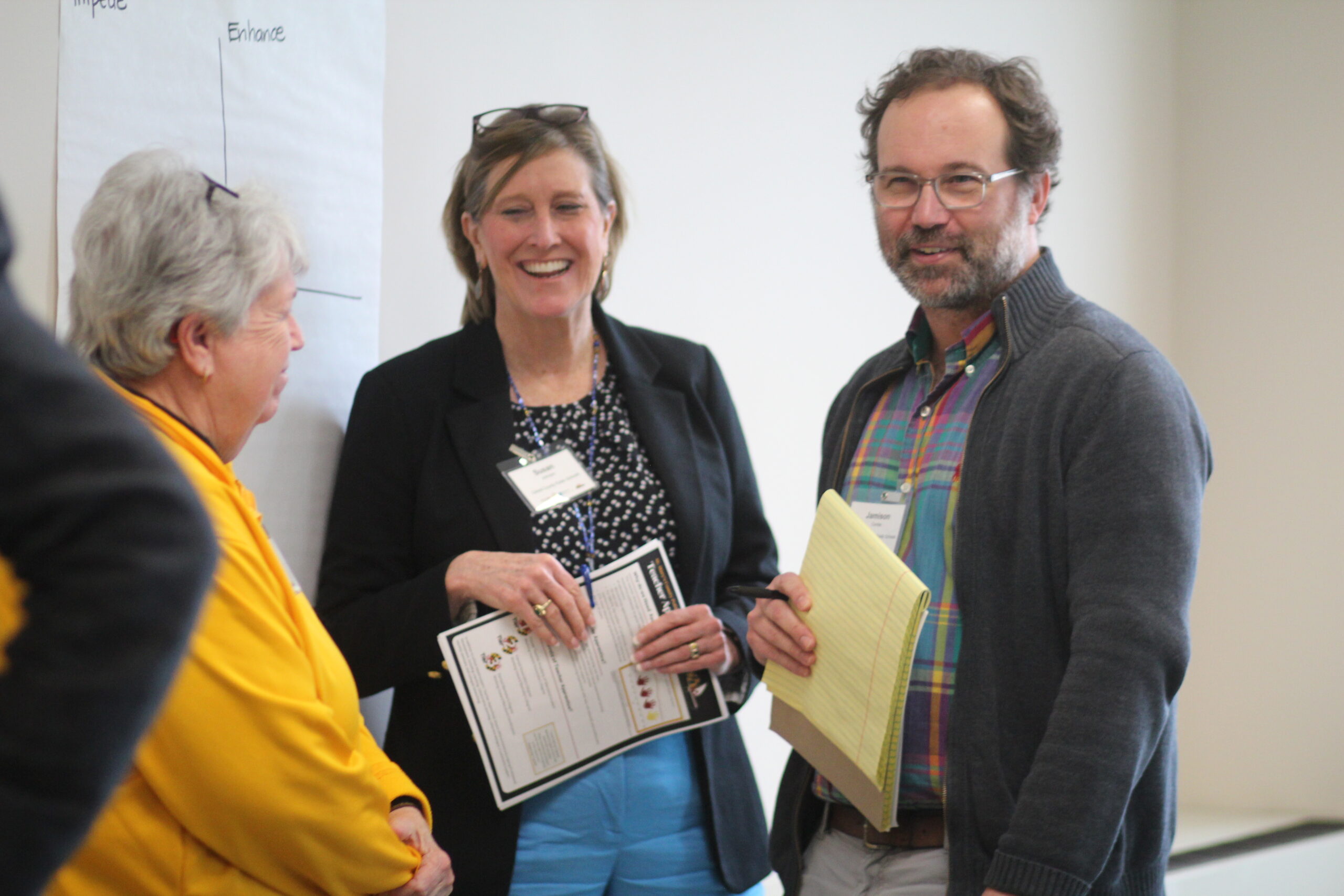
By Bob Rothman
Building systems that can produce levels of achievement found in top-performing countries will require policy changes at the state and federal levels. But there is much districts can do—even in states where the policy environment is constricting—to create high-performing systems.
That was the message that Marc Tucker, the founding president and CEO of the National Center on Education and the Economy, delivered at a session of the 2019 annual conference of ASCD in Chicago on March 16. Drawing from his recently published book, Leading High-Performance School Systems: Lessons from the World’s Best (ASCD, 2019), Tucker outlined a number of steps district leaders can take to build systems that raise the level of student performance to that of the top performers.
Tucker began by describing the scope of the problem. Citing research NCEE has conducted, Tucker said that the reading complexity of first-year community college texts is typically between 11th and 12th grade levels but most high school graduates cannot understand them, and their mathematics performance is at a middle-school level. Moreover, the performance of high-school students has been flat for the past forty years, despite huge increases in spending. Yet the changes in the world economy, particularly the growing use of artificial intelligence, demand much higher levels of knowledge and skill for all students, particularly those who have been traditionally poorly served by schools.
What can districts do to prepare all students for that future? A key step, Tucker said, is to set a standard for all students that would qualify them for further education or careers by the end of grade 10. Some might reach it earlier, and some might need more time. But the goal of the system should be to support all students in reaching the standard, by equipping teachers with curriculum frameworks, syllabi, and assessments that measure what students are expected to know and be able to do.
Another key step is to create new structures in schools that enable teachers to develop and use their expertise to engage their peers in continual professional learning. Countries such as Singapore use career ladders to reward highly qualified teachers with additional responsibilities and higher pay, Tucker said, and districts in the United States can create similar systems, with the support of teachers’ unions.
While participants at the session appeared to support these recommendations, some noted that they face challenges in implementing them. One challenge several participants raised was the role of colleges of education. While districts want to raise the level of teacher quality, the graduates of colleges of education are not always as well-qualified as the districts might like, a participant from Texas said.
Tucker responded that districts have more power over colleges of education than they might realize. Citing a passage from the book, Tucker noted that a group of districts in Pennsylvania banded together and agreed that they would not hire graduates from the local colleges of education until the colleges agreed to transform their programs to match the districts’ needs. That sent a strong message, Tucker said.
Ultimately, he said, states should limit teacher education to a small number of research universities and make it more selective, as Finland did in the 1970s. While some feared that restricting entry into teacher education would lower the number of potential candidates, the opposite happened: more high-achieving students wanted to go into teaching. “They wanted to be in a profession that was considered prestigious,” Tucker said.




